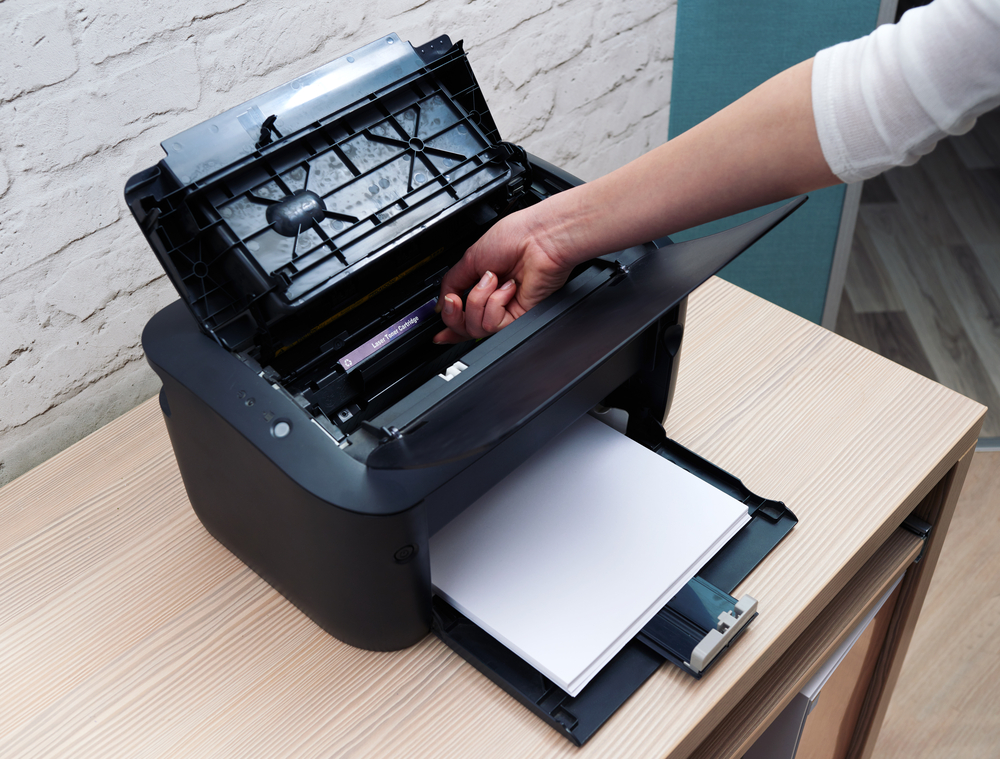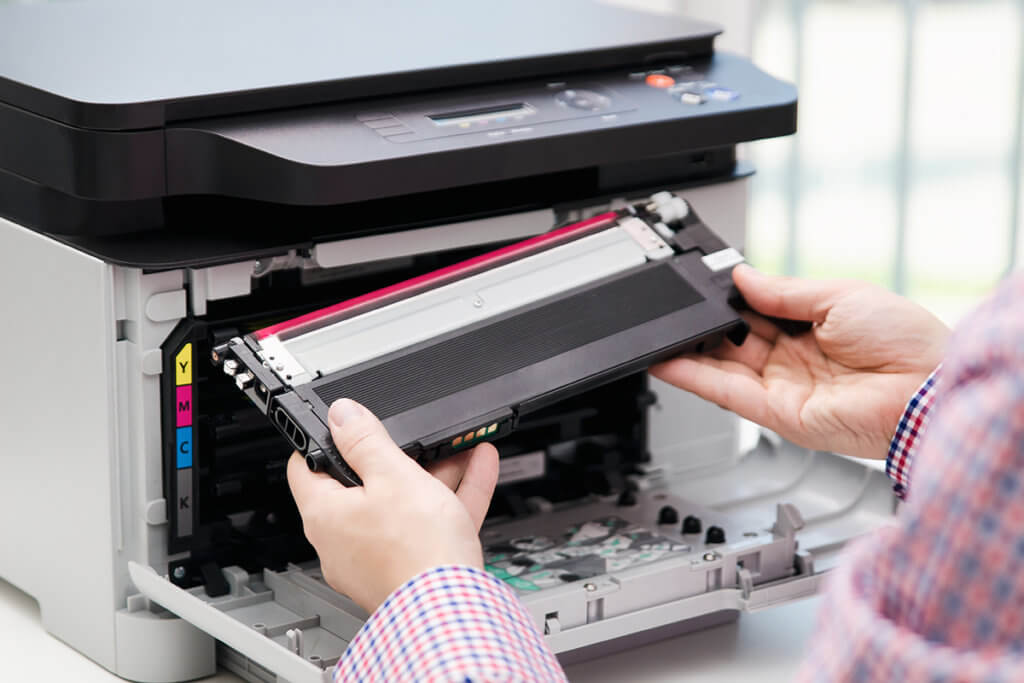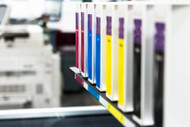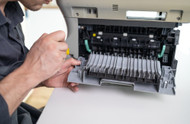Are toner and ink cartridges the same thing?
You must understand which inkjet Ink & Toner cartridges are compatible with your printer. If the incorrect item is ordered, it might cost hundreds of dollars or, at the very least, require an awkward return shipment for the business. While ink and toner may be used in printers, they serve quite different purposes and have pros and cons. This article and accompanying infographic will provide all the information you need to make an informed decision when purchasing printer cartridges or a new printer. Read on if you want to learn how toner and ink cartridges vary!
Top Selling Products
1. HP 305a toner cartridge 4piece combo pack
2. Canon CL-246XL (8280B001AA) Color Remanufactured Ink Cartridge
3. Brother LC103 High Yield Compatible Ink Cartridges 4PK (1ea. BCMY) Combo
4. Epson 200XL HY Remanufactured Ink Cartridges 5PK - 1 Set BCMY + 1 Black
5. Dell Series 1 (T0529) Black Remanufactured Ink Cartridge
What are Ink cartridges?

These quality inkjet are packed with liquid ink in a sealed, disposable container (aka cartridge). When the ink runs out on your pen, you can get it refilled at a discount store, recycle it, or buy a new one.
What are Toner cartridges?

To generate a picture, toner cartridges use laser technology to melt toner dust onto a page. The printing industry's usage of ultra-fine plastic dust, known as "toner dust," is illustrative of this fact. There are two main toner cartridges: single-use cartridges that must be thrown away after each use and refillable cartridges that may have more toner inserted into them.
Ink vs. Toner
Remanufactured and compatible ink need ink or toner to create pictures on paper or other media. The fact that ink and toner are designed for various kinds of printers is arguably the most significant distinction. While it's true that inkjet printers use ink and laser printers use toner, that's not where the similarities end.
Ink for printers is a coloured or pigmented liquid to impart the required colors onto the paper. In addition to the pigment (often carbon black), binder, solvent, drying agents, and chelating agents, printer ink may include several additional chemicals. Opaque, which makes the ink opaque, and extenders, which dilute the ink's color, are two further additives that may be found in inks. Other additions to ink may affect the final product in various ways, including how long the ink lasts, how well it flows, how resistant it is to bubbles, etc. To produce an image, inkjet printers spray tiny ink particles onto the paper.
The powdered pigment known as toner melts into the paper during printing. Polymers and organic chemicals produce the intended effects of toners. Finely granulated polyester (a plastic), polypropylene, fumed silica, and several minerals are common components of toner power. As a more long-term and environmentally benign replacement for chemical cartridges, plant-based toners may also be accessible.
Conclusion
The age-old topic of whether or not toner and ink are interchangeable has finally been answered. A firm grasp of the distinctions between the ink & toner cartridges can help you choose the ink, toner, and printing materials that will serve you best.






